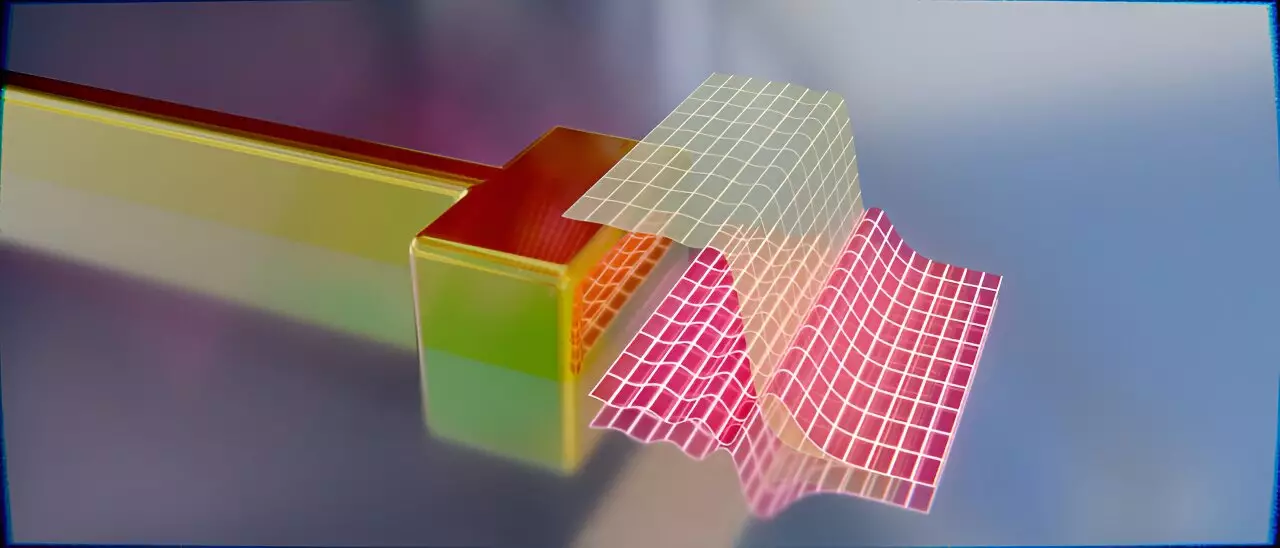As we delve into the realm of computing, it is imperative to recognize the limitations of our current technology. Modern computers, reliant primarily on semiconductor components, struggle to push beyond the physical boundaries of speed. These components typically operate in the gigahertz range, translating to billions of operations per second. The saturation of speed advancements has led to a prevailing method of employing multiple chips to compensate for the finite capabilities of individual processors. Hence, there is a pressing need in the tech world for alternative solutions that can propel computing into the next generation.
Could the answer lie within the world of optics? Yes, indeed. Researchers posit that employing light — specifically photons — in lieu of traditional electrical signals could vastly enhance computational speed, potentially achieving speeds up to 1,000 times faster than standard electronic systems. This paradigm shift could drastically redefine how computers are built and how they function. One of the most promising technologies in this field is plasmonic resonators, or what could be dubbed “light antennas.” These tiny metallic structures, often measured in nanometers, serve as a bridge between light and electrons, allowing them to coalesce and interact in groundbreaking ways.
However, the journey toward light-based computing is not without its challenges. A significant barrier to the effective use of plasmonic resonators is the difficulty in modulating them, a task that is seamless with conventional transistors. The inability to manipulate these resonators effectively has impeded progress in developing rapid light-based switches, which are essential for advanced computing applications. Researchers at Julius-Maximilians-University Würzburg (JMU) have recognized and tackled this obstacle, setting the stage for breakthroughs in the modulation of light antennas.
In collaboration with Southern Denmark University (SDU), the JMU research team has made significant strides in this area. Their recent findings, published in the journal Science Advances, demonstrate a novel approach to achieving electrical control over plasmonic resonators. What sets this achievement apart is their focus on altering the surface properties of a gold nanorod — a strategy that, while seemingly straightforward, required advanced nanofabrication techniques, including precision ion beam manipulation. This intricate synthesis has been honed under Professor Bert Hecht’s guidance at JMU, showcasing the remarkable potential of interdisciplinary collaboration in tackling complex scientific challenges.
To delve deeper into the implications of these findings, it is essential to discuss their quantum mechanics underpinnings. Traditional explanations of optical antennas often invoke classical physics, suggesting that electrons remain stationary at the boundaries of nanoparticles. However, the JMU team’s experimental data reveals a more complex scenario: electrons do not merely halt but rather display a gradual transition — an effect reminiscent of how sand shifts at the shoreline. This unexpected behavior hints at quantum effects previously unaccounted for in conventional theories.
The theoretical framework developed by SDU to explain these quantum phenomena incorporates a semi-classical model, blending both quantum mechanics and classical calculations. This innovative model fosters a better understanding of surface dynamics and offers potential predictions for the design of new antennas. While the specific quantum effects in play remain partially enigmatic, the ability to manipulate and amplify desired outcomes represents a monumental leap forward in nanotechnology.
Looking ahead, the implications of this research stretch beyond computing. The capability to design smaller, more efficient optical modulators could revolutionize numerous technological domains, enhancing everything from telecommunications to environmental sensing devices. Additionally, the ability to scrutinize surface electrons can yield valuable insights into catalytic processes, edging us closer to breakthrough advancements in energy conversion and storage technologies. This integrated approach not only exemplifies the future of computing but also hints at a broader spectrum of applications that harness the synergy between light and matter.
As challenges in traditional computing methods become increasingly pronounced, the exploration of plasmonic resonators illuminated by electrical modulation offers a beacon of hope. The collaborative efforts of research teams worldwide herald a new era in computing technology, one where speed is redefined, efficiency is enhanced, and applications are boundless. As we stand on the cusp of this optical revolution, the fusion of photons and electrons could pave the way for innovations we have yet to imagine. The journey towards a light-driven future in computing is not only possible, it is imminent.

